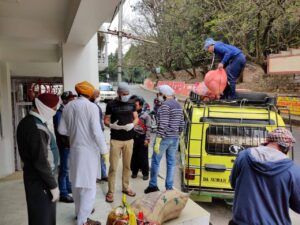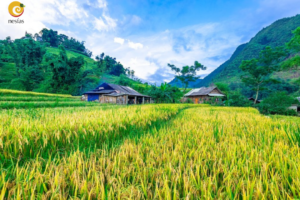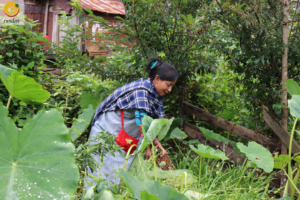It was the monsoon of 2019 when Stefan and I set forth on our agrobiodiversity hunt into the dense forest and other food production systems of Umsawwar community in Meghalaya. Kong Therisa Nongrum and Kong Angela Nongrum, who are custodian farmers from the community, volunteered to lead us on this journey to document and photograph food plants of their village. This initiative was led by my colleague Stefan, who I often call ‘Plant Man’ because of his expertise in local food plants and agrobiodiversity. This project is part of a publication called “Agrobiodiversity book of Meghalaya and Nagaland” by the North East Slow Food and Agrobiodiversity Society (NESFAS).
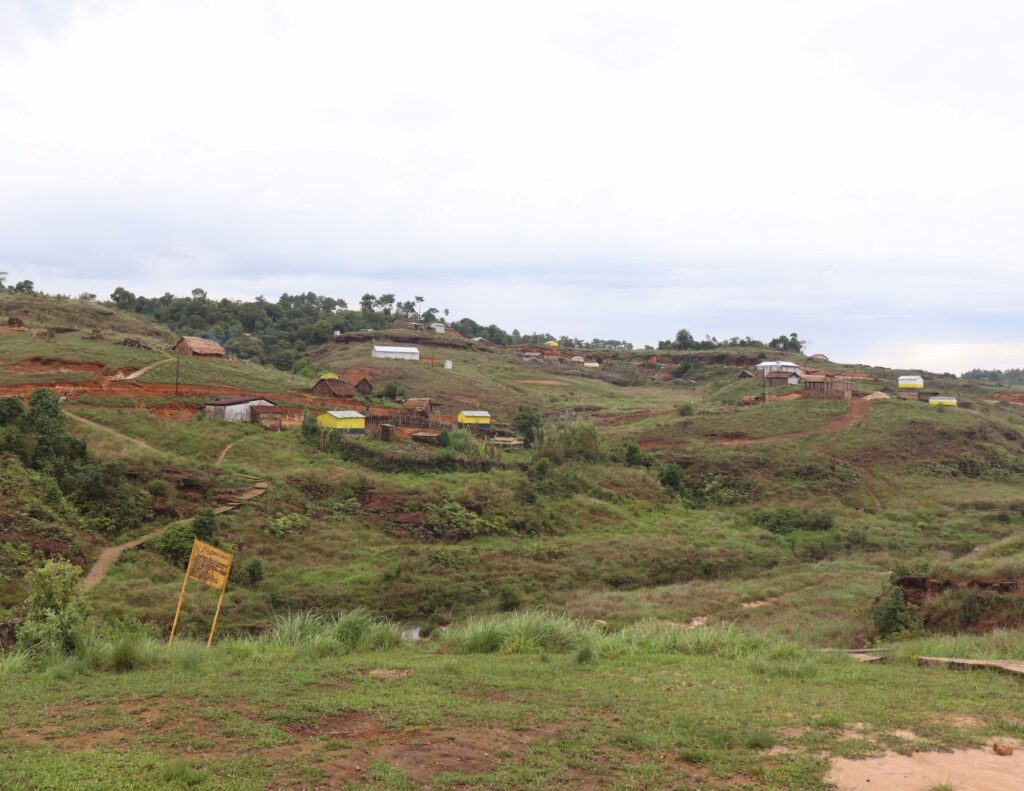
Around two hundred and eighty-four food plants can be found in Umsawwar community of Meghalaya, most of which are traditional varieties. Meghalaya is located in the North-Eastern part of India and is also one of the four remaining biodiversity hotspots of the country. Known for its hilly terrain and heavy rains, Meghalaya inhabits three main Indigenous groups, namely, Khasi, Garos and Jaintias. The famous Umngot river also flows in the border of Umsawwar community, and the community members have been at the forefront of a more than a decade long protest against a dam construction.
I was excited for this adventure, but at the same time I was anxious because of my fears of tripping or slipping as I know it would involve a lot of climbing and walking in areas which do not have paths, and worse, because of my entomophobia, a fear of insects! We were entering a dense forest, which the community members only visit sometimes to collect wild edibles. I was also worried about the fact that it might rain as the weather in my area is always unpredictable and our region is also known to be the wettest place on Earth.
It took us an hour to reach the inside of the forest. Kong Angela seemed excited throughout the journey, asking me, “Have you ever walked this long?” I was delighted to answer, “Yes”, all thanks to my habit of walking. It takes around 30-40 minutes of walking from home to reach my work place, which also involves climbing up two sloped hills and a walk down one hill.
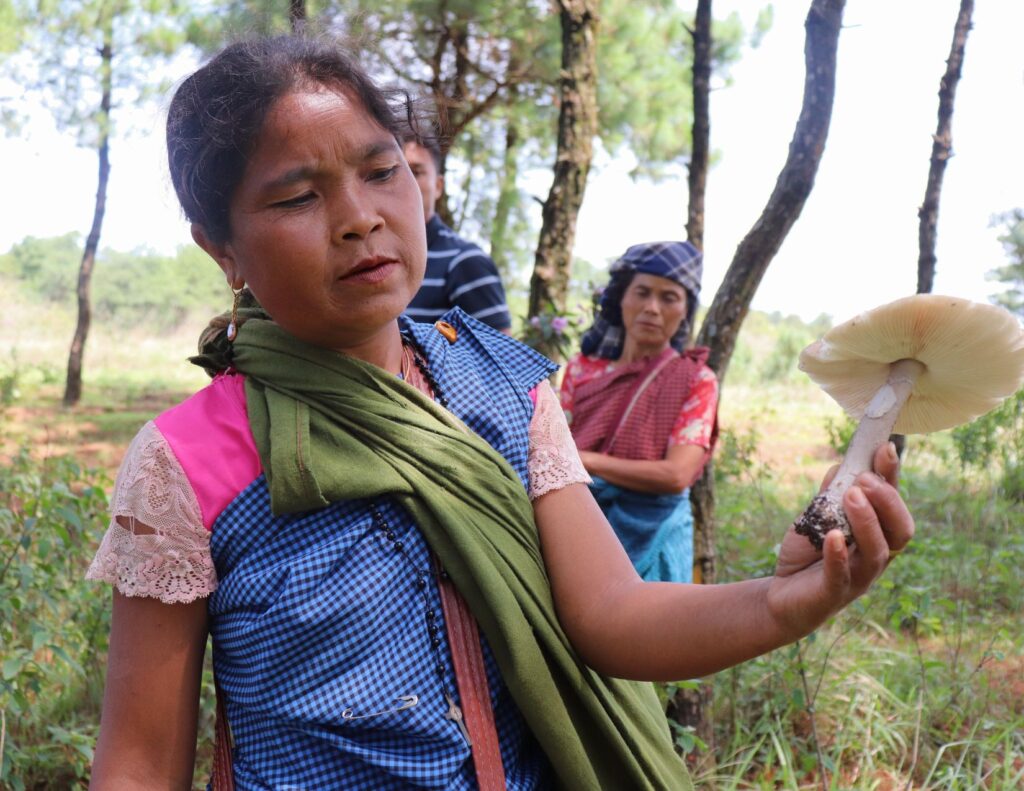
We proceeded with our walk and I noticed something interesting. Kong Therisa kept taking a piece of every wild food plant that we came across and would ask me not only to photograph them but also to taste them. I liked most of them, but there were some which I thought tasted strange, even weird. After sometime, she took out an extra jaiħkyrshah (a traditional drape that also works as an apron for the Khasi people) from her bag and kept filling it with food plants that we managed to find in abundance during our hunt. The jaiħkyrshah was tied in such a way that it served as a carry bag. I joined them in this process and filled my pockets and bag with as many food plants I could collect.
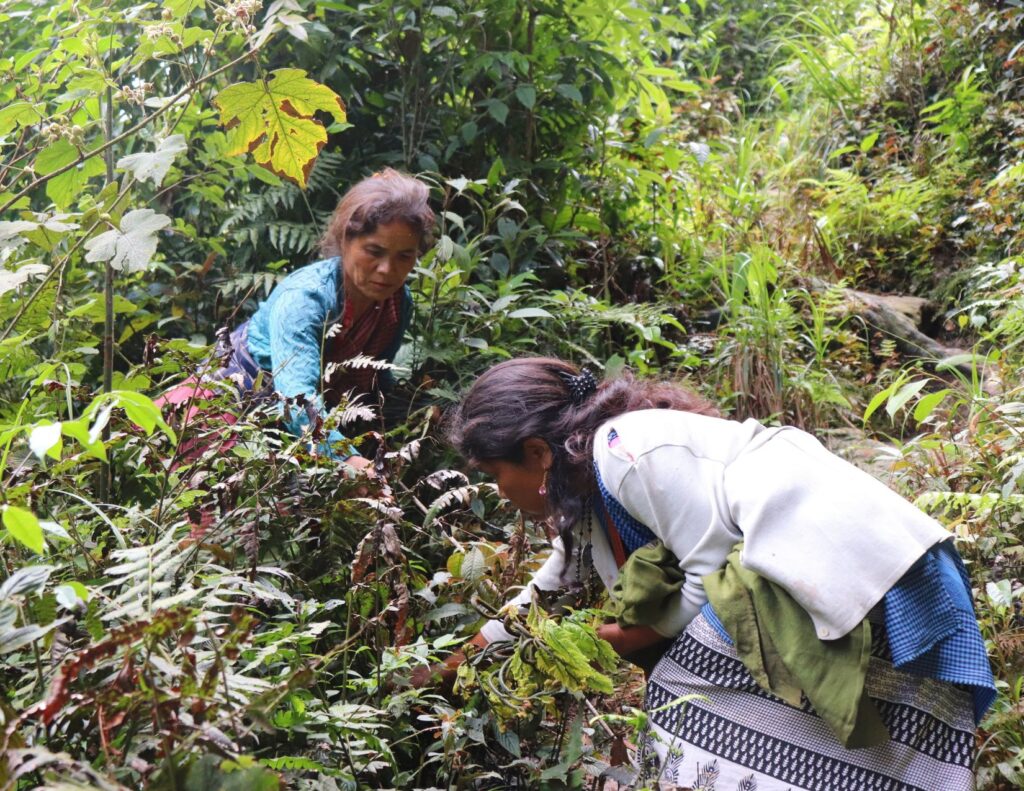
At some point we stopped for a long time in the middle of this dense forest. As Stefan was identifying the food plants with the help of the others and I was taking the photographs, all of us also got engaged in a conversation. Kong Therisa and Kong Angela told us about a time when they managed to chase away a wild bear that came into the community’s jhum fields just a few weeks ago. They also shared that since the olden days, every once in a while; the community would feast on a wild bear. Kong Angela shared, “One bear was enough for the whole community to feast on.”
While I came across numerous food plants, especially wild, one thing boggled my mind. There were many food plants that we could not name in English. So with the help of the communities, we documented them with the local names only. On top of that, there was no evidence from the scientific or research field on their nutritional values. Yet these foods remain the primary source of our communities’ diets. According to them, jamyrdoh (chameleon plant) is consumed to increase the hemoglobin of a person. However, these varieties of food plants face a major threat of loss because they are mostly neglected, undocumented and eventually underutilised.
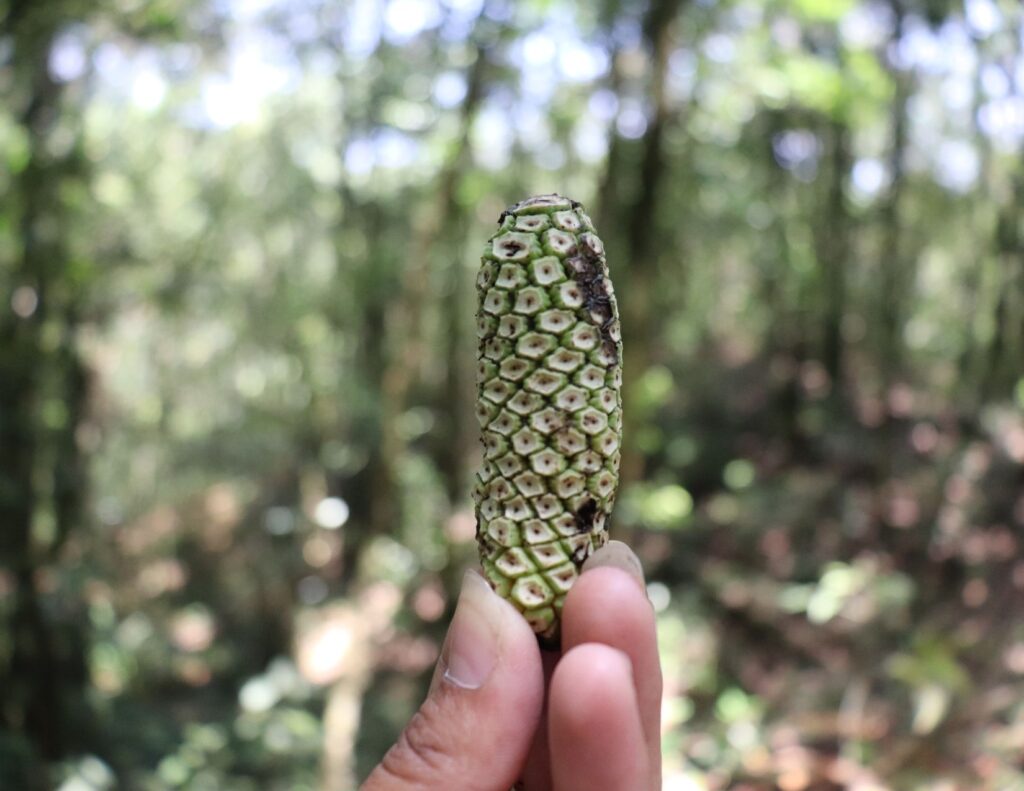
On our way to another food production location, we met Kong Bhinda Nongrum, a custodian farmer from the community. She was working in her field which was at least an hour’s walk away from her house. They have to travel that far to grow their food and sometimes even farther when they have to go to their jhum fields. It takes hard work by those farmers who are still growing food the traditional way, in the hills, the forest, the mountains. Some of the indigenous farmers in this region still practice the age-old jhum cultivation (also known as shifting cultivation) while at the same time, this traditional food production method is facing numerous threats- from land systems change, climate change, criticism, etc.
Growing food with their own hands, with no chemical inputs and watching them do it with so much care was a delight. How can all this be underappreciated? Conventional or traditional farming requires a lot of hard work. But as Indigenous Peoples, they have been growing food for years, as their ancestors have done for centuries. Besides getting enough to feed and sustain their families, the surplus is also sold in the local markets for just enough income for other necessities.
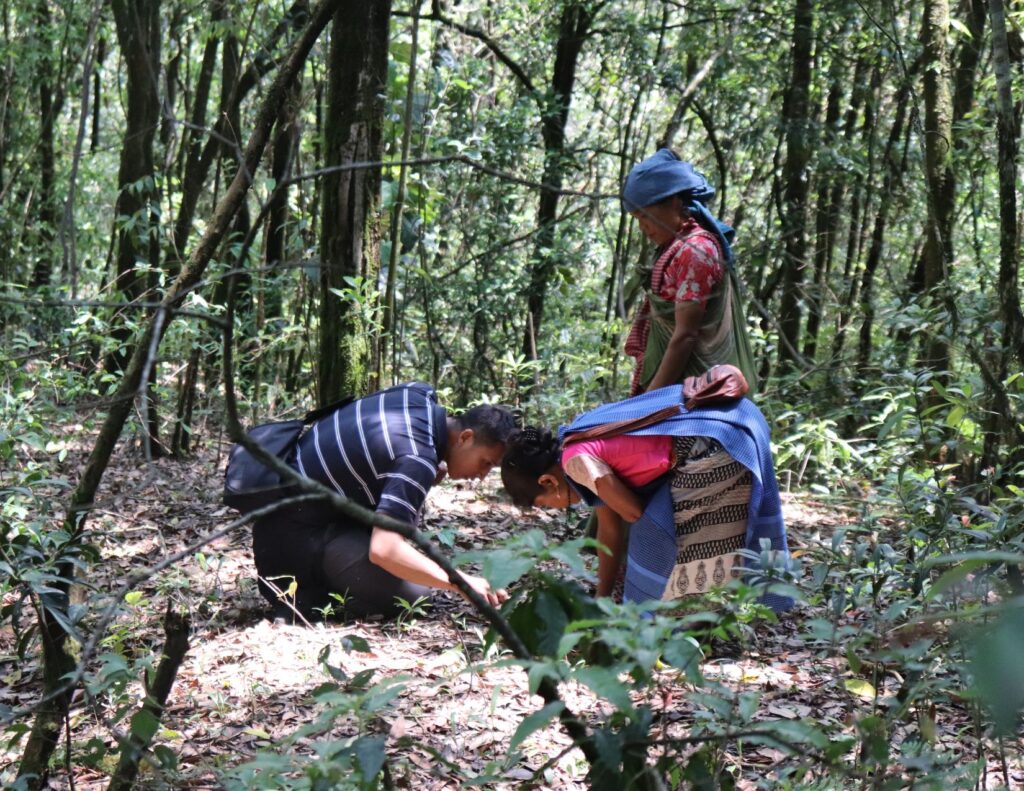
We seldom pause to think about who grows our food and how it is grown. Yet our communities have relied on traditional food systems for centuries, which have in many cases been proven to be sustainable. However, as much as we know of this good practice, unfortunately the communities also share their concerns, “Our forests are getting smaller, our soil is losing its health, and our young people do not want to follow our footsteps and they move away from home”.
These are serious concerns that may be the problems for the lifelong tradition of food production. However, our communities have also come out stronger, working towards reviving, defending, and promoting their Indigenous Food Systems. As custodians of our biodiversity and caretakers of the land, food and nutrition, Indigenous Peoples’ initiatives are significant, no matter how small.

